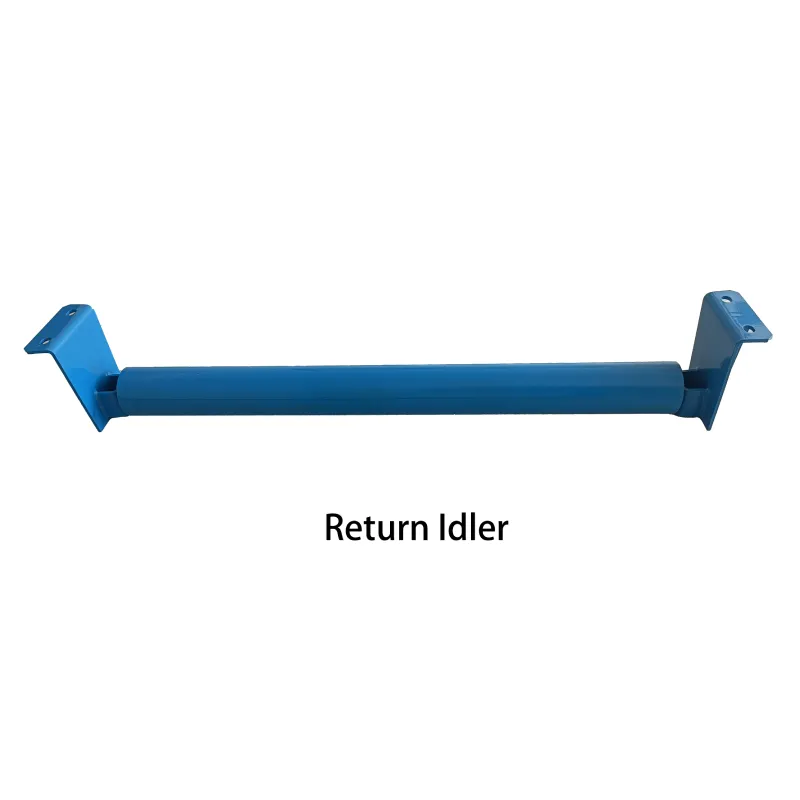 Afrikaans
Afrikaans  Albanian
Albanian  Amharic
Amharic  Arabic
Arabic  Armenian
Armenian  Azerbaijani
Azerbaijani  Basque
Basque  Belarusian
Belarusian  Bengali
Bengali  Bosnian
Bosnian  Bulgarian
Bulgarian  Catalan
Catalan  Cebuano
Cebuano  Corsican
Corsican  Croatian
Croatian  Czech
Czech  Danish
Danish  Dutch
Dutch  English
English  Esperanto
Esperanto  Estonian
Estonian  Finnish
Finnish  French
French  Frisian
Frisian  Galician
Galician  Georgian
Georgian  German
German  Greek
Greek  Gujarati
Gujarati  Haitian Creole
Haitian Creole  hausa
hausa  hawaiian
hawaiian  Hebrew
Hebrew  Hindi
Hindi  Miao
Miao  Hungarian
Hungarian  Icelandic
Icelandic  igbo
igbo  Indonesian
Indonesian  irish
irish  Italian
Italian  Japanese
Japanese  Javanese
Javanese  Kannada
Kannada  kazakh
kazakh  Khmer
Khmer  Rwandese
Rwandese  Korean
Korean  Kurdish
Kurdish  Kyrgyz
Kyrgyz  Lao
Lao  Latin
Latin  Latvian
Latvian  Lithuanian
Lithuanian  Luxembourgish
Luxembourgish  Macedonian
Macedonian  Malgashi
Malgashi  Malay
Malay  Malayalam
Malayalam  Maltese
Maltese  Maori
Maori  Marathi
Marathi  Mongolian
Mongolian  Myanmar
Myanmar  Nepali
Nepali  Norwegian
Norwegian  Norwegian
Norwegian  Occitan
Occitan  Pashto
Pashto  Persian
Persian  Polish
Polish  Portuguese
Portuguese  Punjabi
Punjabi  Romanian
Romanian  Russian
Russian  Samoan
Samoan  Scottish Gaelic
Scottish Gaelic  Serbian
Serbian  Sesotho
Sesotho  Shona
Shona  Sindhi
Sindhi  Sinhala
Sinhala  Slovak
Slovak  Slovenian
Slovenian  Somali
Somali  Spanish
Spanish  Sundanese
Sundanese  Swahili
Swahili  Swedish
Swedish  Tagalog
Tagalog  Tajik
Tajik  Tamil
Tamil  Tatar
Tatar  Telugu
Telugu  Thai
Thai  Turkish
Turkish  Turkmen
Turkmen  Ukrainian
Ukrainian  Urdu
Urdu  Uighur
Uighur  Uzbek
Uzbek  Vietnamese
Vietnamese  Welsh
Welsh  Bantu
Bantu  Yiddish
Yiddish  Yoruba
Yoruba  Zulu
Zulu conveyor belt scraper
The Importance of Conveyor Belt Scrapers in Material Handling Systems
Conveyor systems are a cornerstone of modern industrial operations, facilitating the efficient movement of materials across various production environments. However, one of the critical components that often goes unnoticed but plays a vital role in the functionality of conveyor systems is the conveyor belt scraper. This device significantly enhances the efficiency and longevity of the conveyor system by ensuring minimal material carryback and maintaining the cleanliness of the work environment.
At its core, a conveyor belt scraper is designed to remove residual material that remains on the surface of the conveyor belt after it has discharged its load. Carryback, the leftover material that adheres to the belt, can lead to various operational issues, including reduced efficiency, increased maintenance costs, and safety hazards. By utilizing effective scrapers, industries can mitigate these risks and enhance their material handling processes.
One of the primary reasons for integrating conveyor belt scrapers is to improve the overall operational efficiency of conveyor systems. When carryback is allowed to accumulate on the belt, it not only adds unnecessary weight but also creates friction, which can slow down the system. This inefficiency can lead to increased energy consumption and ultimately higher operational costs. An efficient scraper removes this leftover material, allowing the conveyor to function at optimal speed and efficiency.
Moreover, the cleanliness of the workplace is significantly improved with the use of conveyor belt scrapers. Carryback can lead to a messy work environment, posing hazards for workers. When debris accumulates on the ground, it can cause slipping or tripping accidents. Additionally, leftover materials can become a breeding ground for pests or contribute to dust generation, which can be harmful to health. By effectively removing material from the conveyor belt, scrapers help maintain a cleaner, safer work environment.
conveyor belt scraper

The maintenance of conveyors is another critical aspect influenced by the efficacy of conveyor belt scrapers. Carryback can cause wear and tear on the conveyor components, leading to premature failure of the belt and other critical parts. By reducing the amount of material that clings to the belt, scrapers help extend the lifespan of the equipment, resulting in lower replacement costs and minimized unplanned downtime.
There are various types of conveyor belt scrapers available on the market, each designed for specific applications. For instance, primary scrapers are installed at the discharge end of the conveyor, where the bulk of carryback occurs. Secondary scrapers are often utilized further along the conveyor to ensure complete removal of residual materials. The choice of scraper depends on various factors, including the type of material being handled, the conveyor's operating conditions, and the specific design of the conveyor system.
To ensure optimal performance, it is essential to select the right scraper material and design. Scrapers can be made from various materials such as rubber, polyurethane, or metal, each offering different levels of durability and effectiveness depending on the application. Additionally, regular inspection and maintenance of these scrapers are critical to ensure they are functioning correctly and effectively removing material.
In conclusion, conveyor belt scrapers are essential components in maintaining the efficiency, safety, and longevity of conveyor systems. They play a crucial role in minimizing carryback, thus enhancing operational efficiency, safeguarding workplace safety, and reducing maintenance costs. As industries continue to strive for efficiency and safety, investing in high-quality conveyor belt scrapers will remain a priority in material handling operations. Implementing these devices not only reflects a commitment to operational excellence but also to the welfare of employees and the sustainability of industrial practices.
-
Revolutionizing Conveyor Reliability with Advanced Rubber Lagging PulleysNewsJul.22,2025
-
Powering Precision and Durability with Expert Manufacturers of Conveyor ComponentsNewsJul.22,2025
-
Optimizing Conveyor Systems with Advanced Conveyor AccessoriesNewsJul.22,2025
-
Maximize Conveyor Efficiency with Quality Conveyor Idler PulleysNewsJul.22,2025
-
Future-Proof Your Conveyor System with High-Performance Polyurethane RollerNewsJul.22,2025
-
Driving Efficiency Forward with Quality Idlers and RollersNewsJul.22,2025





























